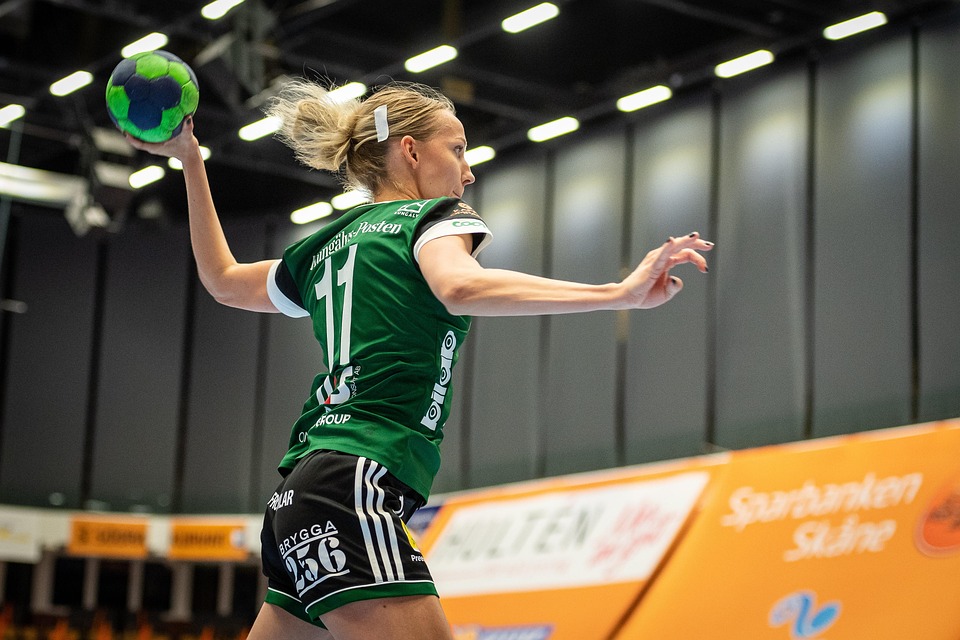The 2023 sports season has been a transformative one, marked by innovative tactics and dazzling performances. Teams across various leagues have adopted new formations and strategies that have not only captured fans’ imaginations but have also led to significant victories. This analysis will explore some of the most effective formations used throughout the season and the tactical nuances that led to success.
The Rise of the 3-5-2 Formation
One of the standout formations of the season has been the 3-5-2. This setup allows teams to create a solid defensive structure while also providing width in attack. By employing three central defenders, teams have been able to neutralize opposing forwards, while wing-backs push high up the pitch to create numerical superiority on the flanks.
Case Study: Team A
Team A has effectively utilized the 3-5-2 formation to great success, often dominating possession and controlling the tempo of matches. The key to their success lies in their midfield dynamic. With two central midfielders who excel in transitioning from defense to attack, Team A has been able to quickly counter opponents and exploit spaces left vulnerable by high defensive lines.
The synergy between the wing-backs and forwards has been crucial, leading to a high number of assists and creating an entertaining brand of football that fans have come to expect.
The Evolution of the 4-3-3
While the 4-3-3 formation has long been a classic in football, many teams have adapted its principles to fit the contemporary game. In 2023, the emphasis on high pressing and quick transitions has breathed new life into this formation.
Case Study: Team B
Team B’s deployment of the 4-3-3 has shown how effective high pressing can disrupt an opponent’s rhythm. By instructing their front three to press the opposing defenders, they have consistently forced turnovers. This relentless pressure allows the midfield trio to quickly capitalize on mistakes, leading to rapid goal-scoring opportunities.
Moreover, Team B’s wingers have adjusted to modern demands by combining pace and technical skill, making them dual threats capable of both cutting in for shots and delivering pinpoint crosses for the striker.
The Tactical Flexibility of the 4-2-3-1
Another formation that has proven effective in 2023 is the 4-2-3-1 setup. This formation offers a balance between defensive stability and attacking creativity, and teams that have successfully implemented it have often found themselves in the upper echelons of their leagues.
Case Study: Team C
Team C’s use of the 4-2-3-1 formation has showcased the beauty of tactical flexibility. They have often switched between defensive and attacking phases with remarkable fluidity, aided by two holding midfielders who can shield the backline while also transitioning to support the attack.
The versatility of the attacking midfield trio has been particularly noteworthy. By using players with versatile skill sets, Team C has been able to adapt their approach depending on the opponent, with creative playmakers drawing defenders out of position to create space for late runs from deep.
The Impact of Tactical Innovations
The 2023 season has also seen tactical innovations that stretch beyond traditional formations. The integration of technology and data analytics has allowed coaches to tailor strategies specifically to exploit weaknesses in opponent teams.
Set Piece Strategies
Set pieces have become a hotbed of tactical experimentation. Teams have invested significantly in set-piece coaches, leading to a greater variety of routines that capitalize on both offensive and defensive situations. The utilization of zone marking versus man-to-man marking has led to various outcomes, with teams increasingly finding success with tailored strategies based on opponent weaknesses.
Data-Driven Decisions
In addition, data analytics have allowed coaches to refine their formations mid-game, making live adjustments based on player performance metrics. This has enhanced the reality of in-game management, turning tactical battles into a chess match where formations are adjusted based on real-time data.
Conclusion
The 2023 season has been a year of tactical evolution, with formations such as 3-5-2, 4-3-3, and 4-2-3-1 proving effective under different circumstances. Teams that have been able to effectively implement these strategies, while also being adaptable in their approach, have reaped significant rewards. As we move forward, it will be exciting to see how these trends develop, further enriching the sport and leading to new tactical innovations in the future.



